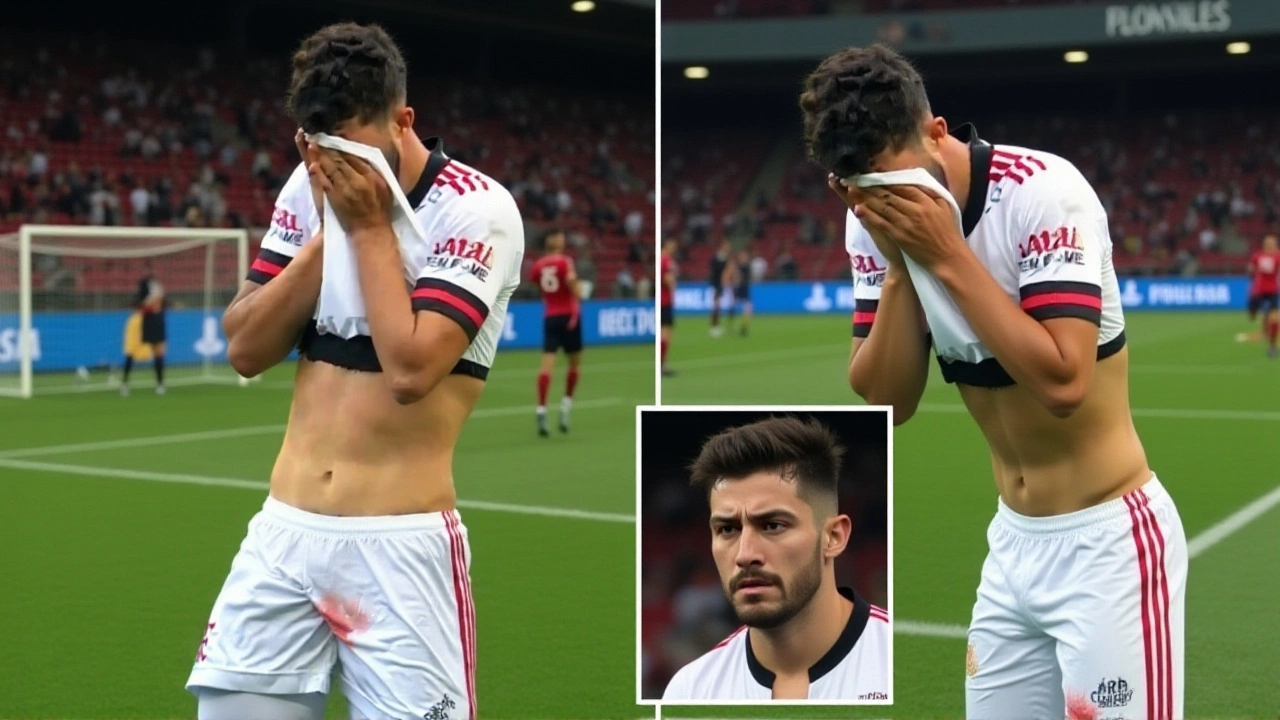Testicular Injury: What You Need to Know
When dealing with Testicular injury, a type of trauma that affects the testicles and can result from sports, accidents, or medical procedures. Also known as testicle trauma, it often requires quick medical attention to prevent complications. Understanding the basics helps you act fast and reduces the chance of long‑term problems.
First off, male health, the overall physical well‑being of men, covering reproductive, hormonal, and general fitness aspects. Also called men’s health, plays a big role in how the body reacts to any injury, including those to the testicles. Good nutrition, regular check‑ups, and awareness of warning signs keep the whole system resilient.
In the world of athletics, sports injury, damage to body parts that occurs during athletic activities. Often referred to as sports‑related trauma, is a common source of testicular injury. Contact sports, cycling, and even weight‑lifting can generate enough force to bruise or rupture the testicles.
Testicular injury encompasses three main categories: blunt trauma, penetrating wounds, and iatrogenic damage from medical procedures. Blunt trauma includes hits from a ball or a fall; penetrating wounds involve cuts or shrapnel; iatrogenic damage happens during surgeries like varicocele repairs. Each type demands its own assessment and care plan.
Key Aspects of Testicular Injury
One crucial step is immediate assessment. Doctors look for swelling, pain, discoloration, and any signs of a ruptured tunica albuginea, the protective layer around the testis. An ultrasound is the go‑to imaging tool; it shows blood flow, detects hematomas, and confirms whether surgery is needed. Prompt imaging can be the difference between a quick recovery and lasting issues.
When it comes to medical treatment, the range of interventions from medication to surgical repair used to address health problems, the options vary. Mild cases often get rest, ice, anti‑inflammatory meds, and scrotal support. More severe cases may need surgery to fix ruptures or remove damaged tissue, followed by antibiotics to prevent infection.
Recovery protocols are a blend of physical and mental care. After treatment, doctors recommend wearing an athletic supporter for a few weeks, limiting strenuous activity for at least four to six weeks, and monitoring for signs of infection or ongoing pain. Psychological support matters too—any injury to a sensitive area can affect confidence and sexual health.
Nutrition speeds healing. Protein supports tissue repair, zinc aids hormone balance, and omega‑3 fatty acids reduce inflammation. Staying hydrated and avoiding alcohol or tobacco helps the body focus on recovery rather than dealing with added stressors.
Prevention is possible with simple steps. For athletes, wearing proper protective gear like a jockstrap with a hard cup reduces impact risk. Cyclists should use padded shorts and adjust bike fit to avoid constant pressure. Men undergoing medical procedures should discuss fertility preservation and ask about techniques that minimize testicular trauma.
Understanding the link between testicular injury and overall male health means paying attention to warning signs: sudden swelling, severe pain, changes in size, or blood in urine. If any of these appear, seek care within hours. Delays increase the chance of complications such as infertility, chronic pain, or hormonal imbalances.
Long‑term follow‑up may involve hormone testing, sperm analysis, and periodic ultrasounds. Some men recover fully, while others need hormonal therapy or assisted reproductive technologies. Early intervention improves the odds of preserving fertility and normal testosterone levels.
In the context of sports, coaches and trainers should educate players about the signs of testicular trauma and encourage the use of protective equipment. A culture that normalizes talking about pain and seeking help reduces the stigma that often surrounds male injuries.
Finally, remember that every case is unique. While this guide covers common causes, treatments, and recovery tips, your doctor will tailor advice to your specific situation. Use the information here as a foundation, ask questions, and stay proactive about your health.
Below you’ll find a selection of articles that dive deeper into each of these topics—whether you’re looking for detailed medical explanations, real‑world sports injury stories, or step‑by‑step recovery plans.
